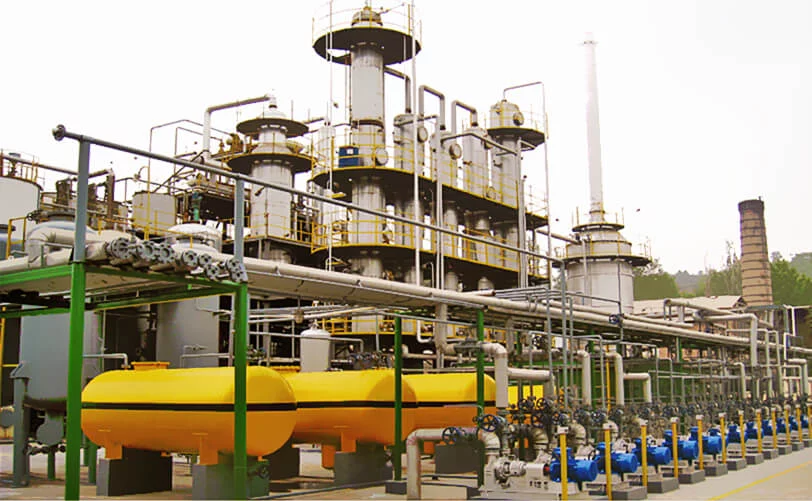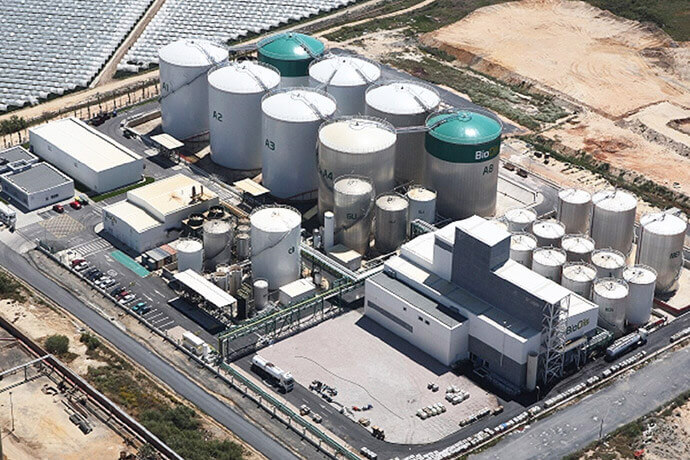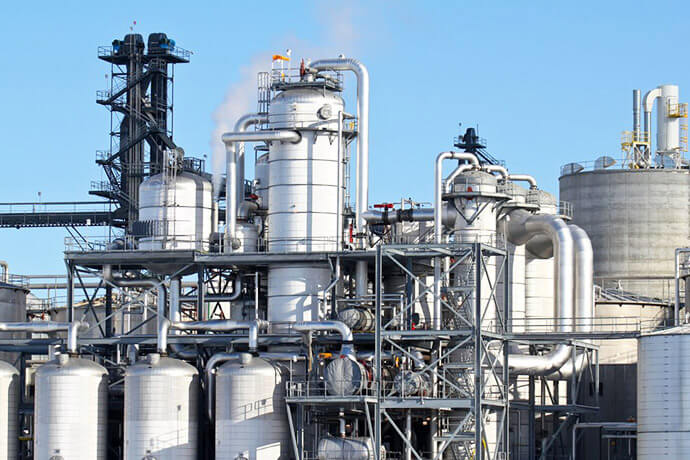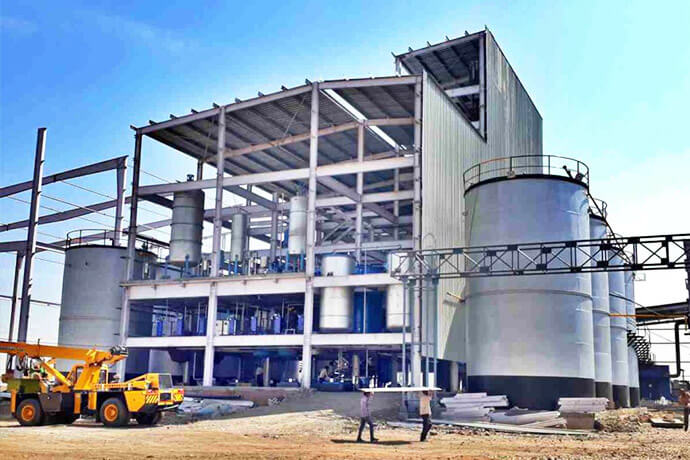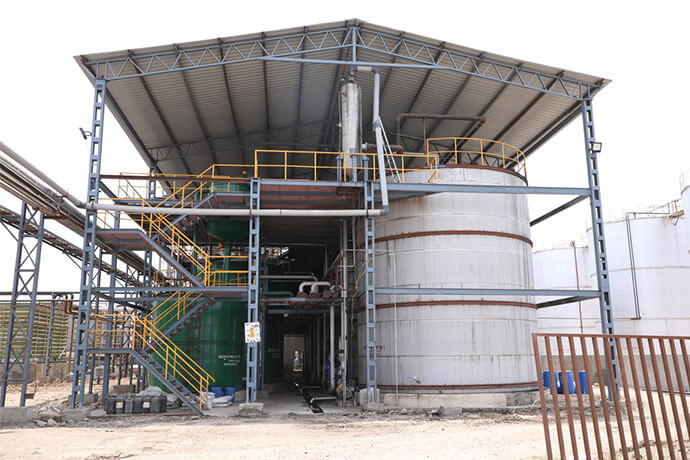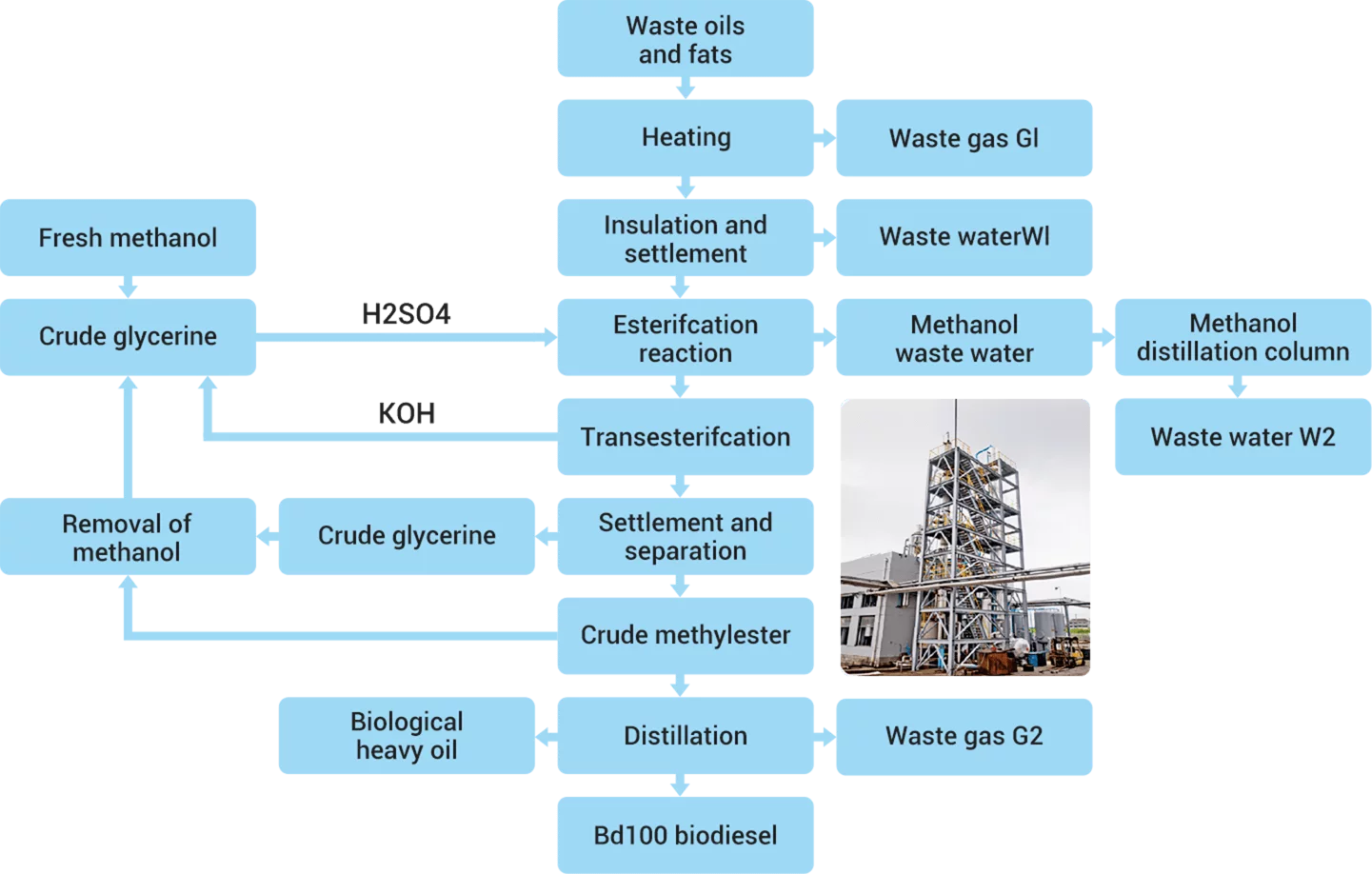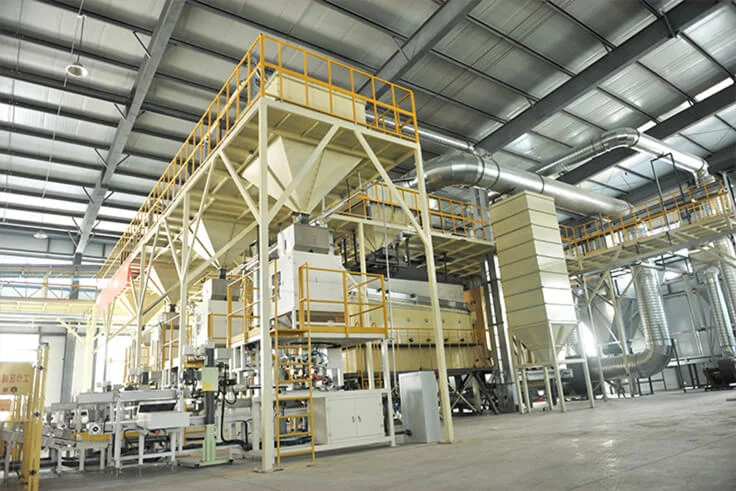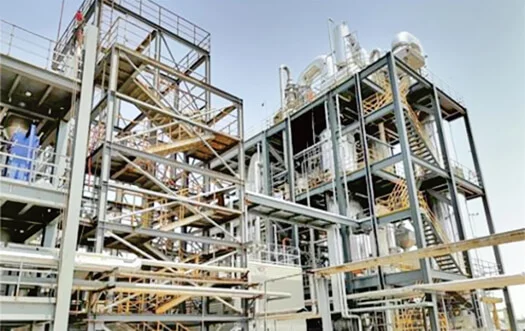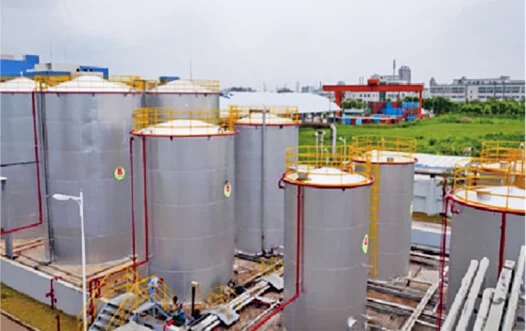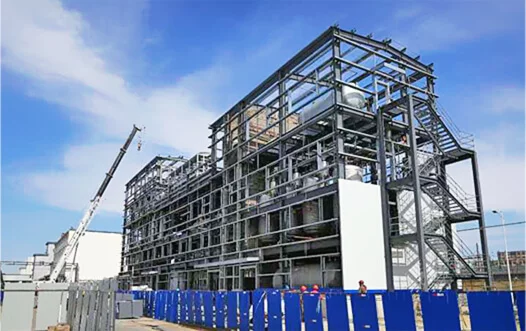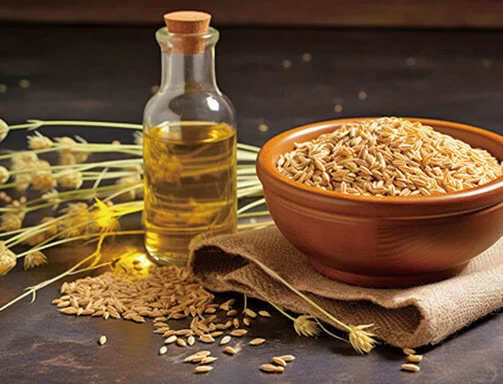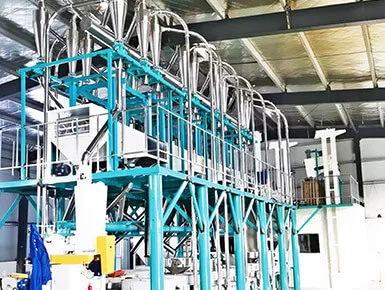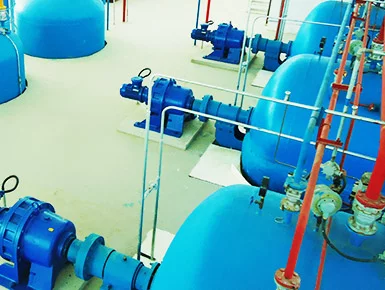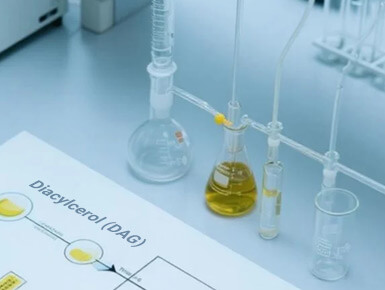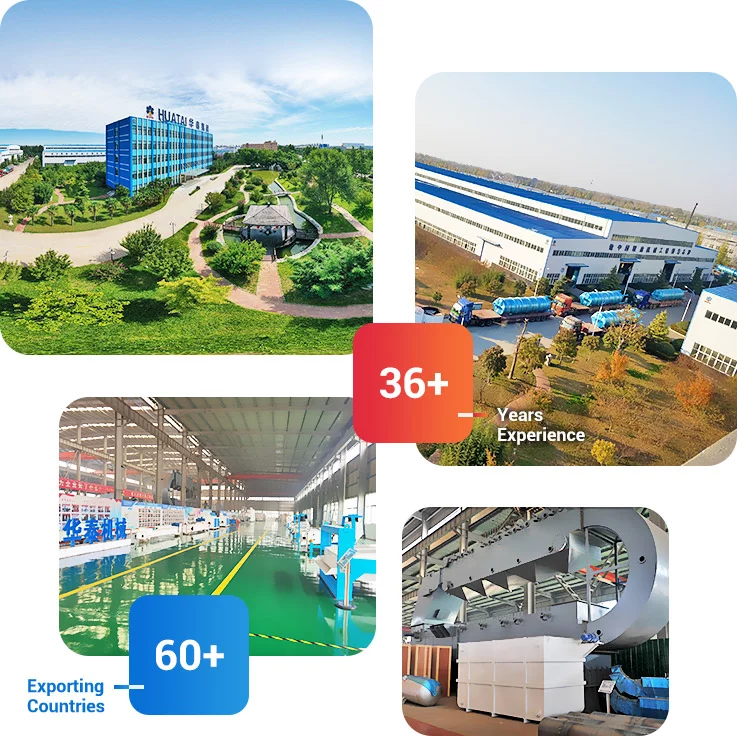Huatai Group always focuses on customer satisfaction and quality
- Professional Customization
- Global Service
A sale is the first step, not the last. We have an after-sale service team to provide our valuedclients with timely support.Wherever you are from, whatever you need, we're happy to help you.
-
![]() Service Coverage
Service Coverage
From scheme forming to the customer site testing, we provide customers with perfect service system that form comprehensive, three-dimensional quality coverage.
-
![]() FAQ
FAQ
Over the years we have kept a record ofcommon questions asked by Huatai usersand potential users.

